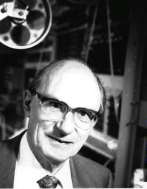Anoraks Corner
by Tony Sale
Back to Index 
Tony Sale's
Codes and Ciphers
Anoraks Corner
Back to Index |
 Tony Sale's Codes and Ciphers |
| This page was originally created by the late Tony Sale, the original curator of the Bletchley Park Museum, |